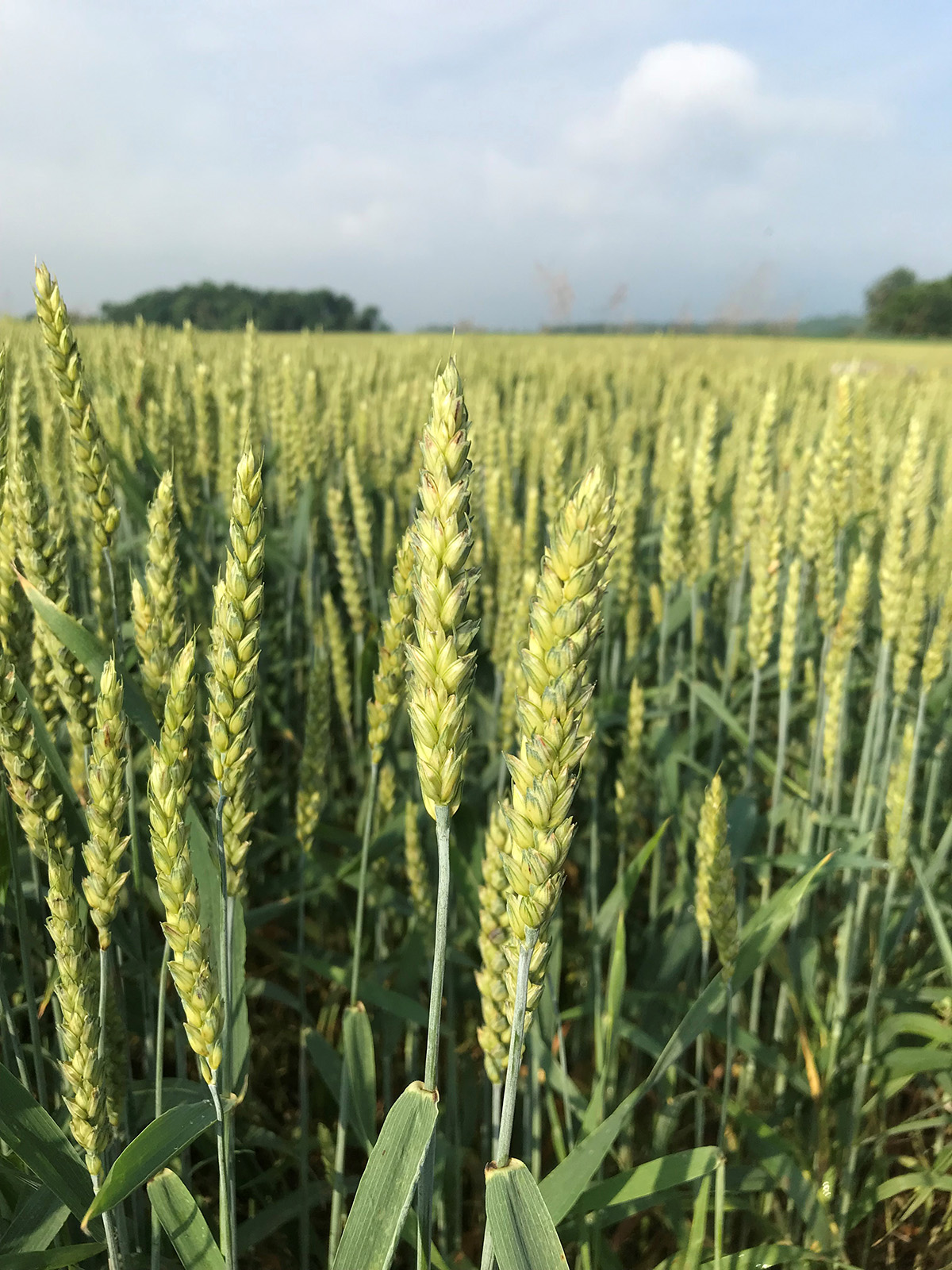Many ruminant livestock producers have used soft red winter wheat as a forage resource, but many more livestock and row crop producers might want to consider this option, too. Other small grains to consider include winter rye and winter triticale. Timely seeding of small grains in October and harvest in May permits a viable double crop system with corn and soybeans. With increasing interest in using cover crops following corn and soybean harvest, some of the attributes of using cover crops can be accomplished when small grains are used as a dual purpose cover crop and forage.
An important consideration is understanding that small grain forage yield increases and forage quality declines as the crop progresses from the boot stage (when the seed head is in the last leaf sheath) to the soft dough stage. The following figures from Purdue University research illustrate this relationship. An important point is that in this research 90 pounds of nitrogen per acre was applied to help boost yield. Many producers may not apply nitrogen fertilizer if one of the objectives is to capture nutrients from the previous crop. Applying no nitrogen would likely reduce forage yield, and possibly crude protein concentration, too.
Some years getting the small grain to dry to a safe baling moisture for dry hay can be difficult. Fortunately, these crops can be successfully harvested as baleage and traditional chopped silage if harvest and storage best management practices are followed.






